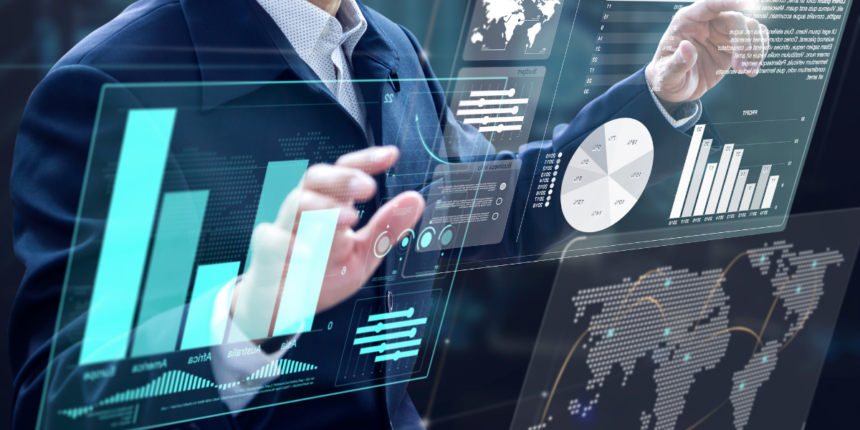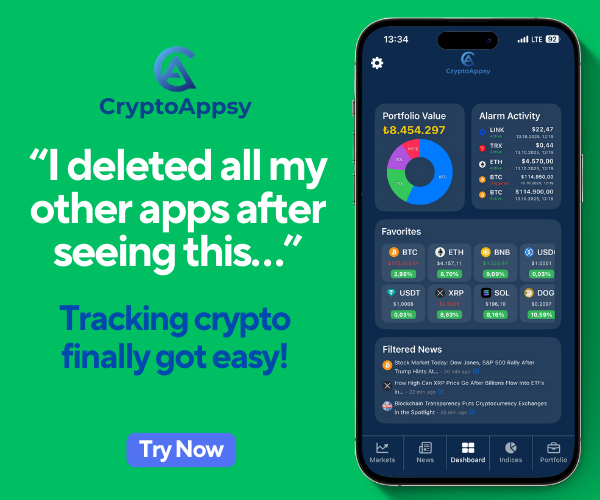The global shift to digital behaviors triggered by the COVID-19 pandemic continues to shape consumer habits, five years after the initial outbreak. What initially began as a response to lockdowns evolved into a long-term transformation in how people interact with businesses, services, and daily activities. The pandemic forced individuals to adopt online channels for everything from grocery shopping to healthcare, and these digital-first behaviors have persisted even as life has returned to physical spaces. This shift is not limited to a specific demographic, with both younger and older generations embracing new digital routines.
How has consumer behavior shifted since 2019?
Data from PYMNTS Intelligence reveals that 41% of retail shoppers now prefer digital channels more than they did before the pandemic, with nearly three-quarters planning to maintain or increase these habits. Similarly, 19% of restaurant-goers use digital platforms for food orders more frequently than before 2020, and 31% of consumers engage in telemedicine every month. This shift is not merely a temporary response to health concerns but appears to be a durable change, reinforced by the convenience and efficiency these technologies provide.
What are the digital trends shaping today’s economy?
The integration of digital and physical worlds has become seamless, with apps serving as gateways to many daily tasks. For example, grocery delivery services like Instacart and platforms like Amazon (NASDAQ:AMZN) have significantly altered shopping patterns, particularly for household essentials. Even industries like healthcare, which were traditionally in-person, have adapted to this shift. Insurers now reimburse telehealth visits at parity with in-person consultations, further encouraging digital engagement.
The pandemic’s early days saw businesses scrambling to innovate and meet the demands of a digital-first world. Restaurants adopted takeout models, retailers launched online platforms, and even healthcare providers embraced virtual consultations. These adaptations were born out of necessity but have since become integral parts of consumer expectations.
A look back at earlier reports during the pandemic shows how quickly organizations pivoted to meet consumer needs. For instance, physical retail was already experiencing challenges before COVID-19, with department store sales declining significantly from 2000 to 2020. The pandemic accelerated this trend, pushing more transactions online as consumers sought safer, more convenient options. Detailed PYMNTS studies now estimate an additional $90 billion in eCommerce volume driven by these lasting digital habits.
While physical experiences like dining out and travel have regained popularity, consumers are using digital tools alongside these activities. Digital-first interactions have created a hybrid model where the convenience of online platforms complements in-person experiences. Companies that successfully integrate these two worlds are emerging as leaders in this new landscape.
The digital habits formed over the past five years highlight a fundamental shift in consumer expectations. Businesses must now offer seamless, personalized, and efficient experiences that blend technological convenience with human connection. Organizations that embrace this integrated approach and leverage emerging technologies like AI will likely thrive in a future where digital engagement is not an alternative but a primary mode of interaction.










